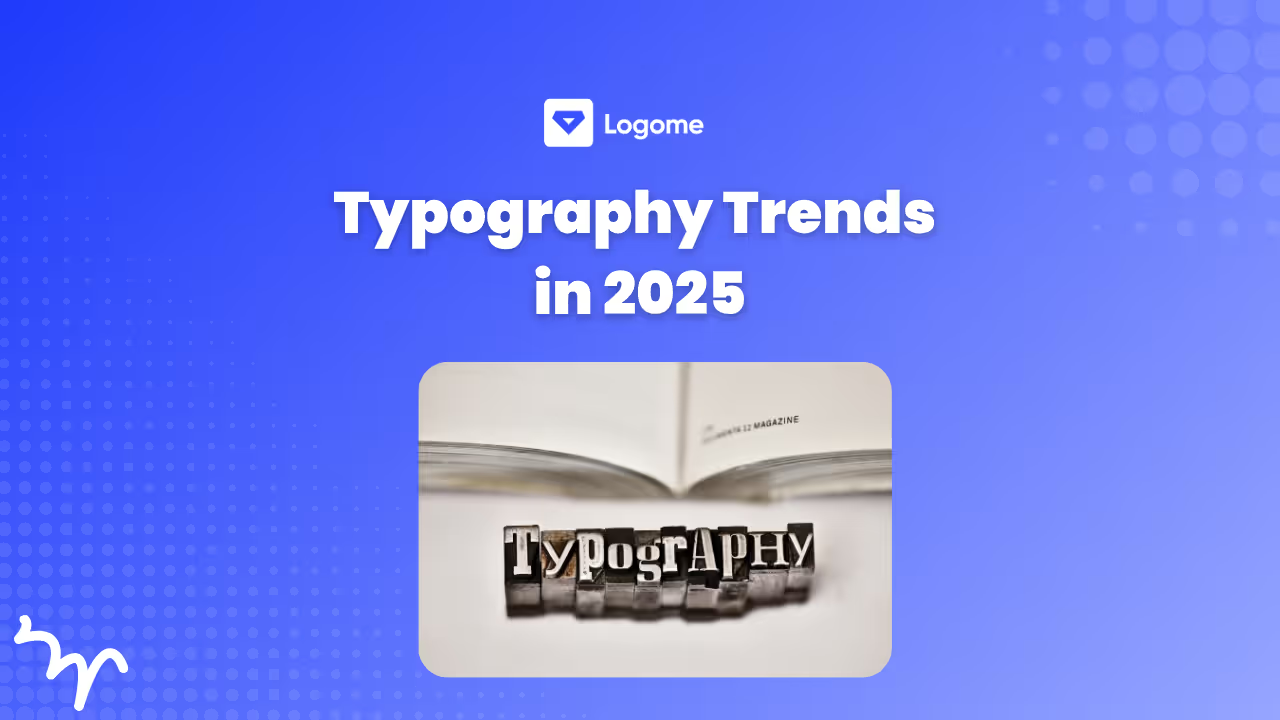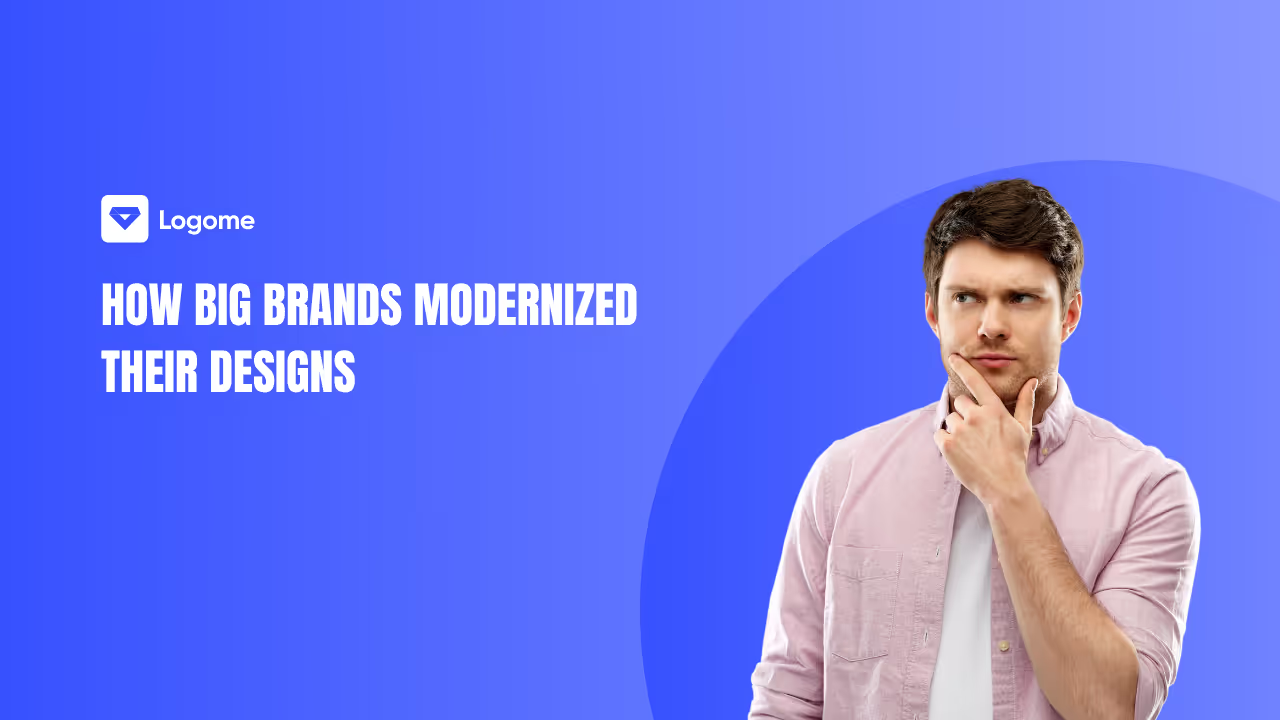Best Non-Generic AI Prompts for Designing Unique Logos
Explore effective logo design prompts for crafting unique logos with AI. Learn strategies and examples to create tailored designs that reflect your brand's identity and goals.
Explore effective logo design prompts for crafting unique logos with AI. Learn strategies and examples to create tailored designs that reflect your brand's identity and goals.

Creating a unique logo is very important for any brand and with the revolutionized artificial intelligence technology unique logos can be created using logo design prompts. These AI prompts guide the AI tools to generate logo designs that match the brand identity and goals.
The blog explores the concepts of non-generic AI logo prompts, details the tips for creating effective prompts, and provides examples to create unique logos with prompt functionality.

AI logo prompts are guidelines and instructions that are given to the AI logo creator to generate the desired logos. These instructions are generic and non-genric. Generic AI prompts are very vague and lack specificity, which results in the creation of repetitive and uninspired designs. For example, the prompt "Create a logo for a tech company” is very general and doesn’t give the AI tool much to work with, which can result in a very common and not-so-unique logo design.
Non-generic AI prompts are very specific and detailed, which provides very clear guidance to the AI logo maker for creating tailored logos that stand out. They include precise descriptions of the desired elements, style, colors, and themes that reflect the brand's unique identity. For instance, "Design a logo for a tech startup called '[name]' that incorporates a futuristic theme with geometric shapes and a green and silver color palette."

Here are some tips for you to write specific AI prompts for logo designs to enable you to create a logo that best describes your brand:
As explained above, using the AI logo creator with a prompt to generate a unique logo demands specific and detailed instructions. Here are the main themes for the logo design prompts which can be used to create any type of logo:
The most important aspects of the logo that drive its appeal and justify its alignment with a brand are color and typography. Specify:
When you specify these elements to the AI logo maker in the AI logo prompt it ensures that the logo generated by the machine learning program is cohesive and visually striking while maintaining the emotions of the brand.
Prompt Example:
"Design a logo with a calming color palette and gentle, rounded typography for a wellness brand. Use soft blues and greens to evoke tranquility and well-being: [Insert specific brand details and color preferences]"
This type of logo reflects that the brand offers cutting-edge solutions and a new approach to the problem. The logo highlights that the brand offers industry leadership. Hence, your logo design prompts should specify:
Prompt Example:
"Design a logo for an AI-driven healthcare company. Use digital wave patterns and abstract brain imagery to represent innovation and technological advancement in health: [Insert specific brand details and industry information]"
If your brand advocates simplicity and minimalism then the logo also reflects simplicity and elegance. The logo depicts a sense of professionalism and grabs the attention of the contemporary audience. The prompts for such a logo should include:
Prompt Example:
"Create a modern and minimalist logo for a fintech startup. Use a monochromatic color scheme with a focus on clean lines and geometric precision to convey professionalism and simplicity: [Insert specific brand details and design preferences]"
As already stated a logo encapsulates the brand’s voice. Defining the brand’s mission can help create a logo that visually communicates the key attributes of the brand and forms a stronger bond with the target audience. To create your logo, specify:
Prompt Example:
"Design a logo for a community-focused non-profit organization. Incorporate symbols of unity and support, such as interlocking hands or a community circle, to reflect our core values of compassion and collaboration: [Insert specific brand details and target audience information]"
If your brand is from a specific industry then the only thing to keep in mind is that the logo is instantly recognizable and relevant to the industry it represents. To make the logo more distinctive yet relevant to the industry include the following:
Prompt Example:
"Design a logo for a high-tech automotive company. Incorporate sleek car outlines, gears, and digital circuit patterns to highlight innovation and mechanical precision: [Insert specific brand details and design preferences]"
The brands that are committed to sustainability and are eco-friendly, usually involve natural elements like leaves, trees, and water in their logos. To emphasize the brand’s commitment to nature, you can specify the following to create your logo:
Prompt Example:
"Create a logo for an eco-friendly product line. Use symbols of nature, such as leaves and water, and a green color scheme to reflect our commitment to sustainability: [Insert specific brand details and eco-friendly practices]"
Harnessing the power of AI to design unique logos is an essential tool for brands aiming to distinguish themselves in a competitive market. By employing non-generic AI prompts, companies can ensure their logos accurately reflect their brand identity, values, and goals in a distinctive and visually appealing manner.
So, understanding the nuances of effective prompt creation, from defining the brand identity to specifying detailed design elements, enables AI to produce logos that are not only unique but also resonate with the target audience. Whether the focus is on sustainability, modern minimalism, or industry-specific imagery, the right prompts make a significant difference.
Using the above tips and examples you are ready to use AI logo creator with prompts to effectively craft prompts and achieve the perfect logo for your brand. Exploring the world of AI logo design reveals how tailored prompts can transform a brand’s visual identity into something truly unique and impactful. Embrace this innovative approach to logo creation and watch as it elevates your brand’s visual representation.



Discover how 500,000+ businesses and creators are using our AI logo maker in their Logo creation.



